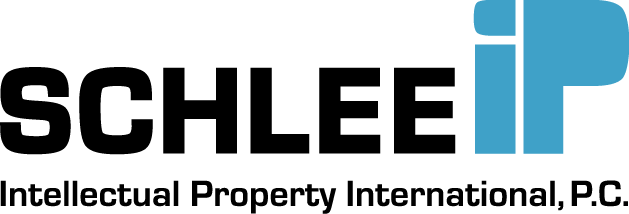Procedural patent prosecution law USPTO compared to EPO; Overview
I. Overview about the practical implications of patent prosecution procedural law differences between United States and European patent applications Download PDF 2. Search and Examination 3. Continuing patent applications 4. Appeal options 5. Acceleration 6. Quick reference guide I. Overview The following blog series compares procedural patent prosecution options between the USPTO and the EPO.
Search and examination at the USPTO and the EPO
II. Search and examination options at the USPTO and the EPO Download PDF 1. Overview procedure USPTO and EPO 3. Continuing patent applications 4. Appeal options 5. Acceleration 6. Quick reference guide II. Search and Examination Both the USPTO and the EPO conduct search and examination during the patent prosecution. These searches are conducted
Continuing patent application at the USPTO and the EPO
III. Continuing patent application options at the USPTO and the EPO Download PDF 1. Overview procedure USPTO and EPO 2. Search and Examination 4. Appeal options 5. Acceleration 6. Quick reference guide III-A. Continuing patent application at the USPTO A wide variety of continuing patent application options exists at the USPTO, including Continuation Applications,
Appeals at the USPTO and EPO
IV. Options and effects of Appeals at the USPTO and EPO Download PDF 1. Overview procedure USPTO and EPO 2. Search and Examination 3. Continuing patent applications 5. Acceleration 6. Quick reference guide IV. Appeal options at the USPTO and EPO In many cases, filing an appeal is not the most economical solution compared
Acceleration of patent prosecution at the USPTO and EPO
V. Timing and effects of acceleration options for patent prosecution at the USPTO and EPO Download PDF 1. Overview procedure USPTO and EPO 2. Search and Examination 3. Continuing patent applications 4. Appeal options 6. Quick reference guide V-A. Acceleration options at the USPTO In general, prosecution speed is moderate to a high at the
Quick reference guide proceedings USPTO and EPO
VI. Quick reference guide to proceedings comparison between USPTO and EPO Download PDF 1. Overview procedure USPTO and EPO 2. Search and Examination 3. Continuing patent applications 4. Appeal options 5. Acceleration i) Proceedings Search and Examination USPTO: Search and examination is combined and performed by one Examiner, resulting in more flexibility on amending the claims
Broadening claims at the EPO
Download Article PDF Definition of broadening claims Broadening claims is generally understood as removing a claim limitation, regardless of whether other claim limitations are added if such added claim limitations are not fully encompassed by the removed claim limitation. For example, if a claim includes features A+B+C, an amended claim having features A+C+D+E+F is viewed
PCT and EPO Search Fees; Unity of Invention (Part 2)
Remedies that may fix search limitations Download Article PDF Part 1 discussing search limitation scenarios After Part 1 on “PCT and EPO Search Fees; Unity of Invention” discussed the scenarios that may result in a limited search, this Part 2 discusses potential remedies after having encountered a limited search. Although it may be expensive and
PCT and EPO Search Fees; Unity of Invention (Part 1)
Download Article PDF Part 2 discussing remedies on search limitations What is a Search in the context of patent prosecution? Searches are conducted by Patent Offices searching for “prior art” that is relevant for the allowability of a patent application, that is whether a patent application is rejected or whether a patent is granted. “Prior
Validly Claiming Priority Rights under the Paris Convention
Paris Convention Priority Rights Introduction The earliest version of the “Paris Convention for the Protection of Industrial Property”, typically in short just referred to as the “Paris Convention”, goes back to 1883 and received its last amendment in 1979. The Paris Convention provides for cross–border acknowledgment of certain rights related to intellectual property rights between
Unitary Patent: UK ratifying
The United Kingdom continues with ratification preparations of the Unified Patent Court agreement of the Unitary Patent System A major breakthrough for enacting the unitary patent protection system was achieved on November 28, 2016 by an official press release by the UK Minister of State for Intellectual Property, Baroness Neville Rolfe. She announced that the
Paralegal Webinar International IP
It is a great honor to have received an invitation from the HalfMoon Education, Inc. to be the presenter of a webinar titled “International Patent Practice for Paralegals” on January 27, 2016. This webinar encompasses two 90 minute time slots, namely a first one titled “Overview of International Patent Practice and the European Patent Convention”

 English
English Deutsch
Deutsch